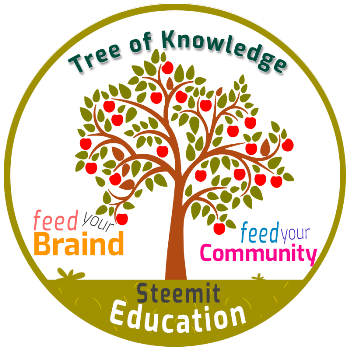All living beings need special care. Like people and animals, plants also need water, but you have to pay close attention since some plants do not require constant watering. The proportion of water needed varies throughout the year, since it does not only depend on the characteristics of each species, but also on climatic and environmental factors, such as temperature, humidity, wind and luminosity, as well as the composition and depth of the land.

In the soil where the roots develop, there is a great variety of nutrients that can only be absorbed when the water dissolves. Once they dissolve, they are taken from the roots to the leaves, through tubes so thin that they are in the center of the stems or trunks. Then this sap (fluid that is found in certain plants and that allows the nutrition of its cells) mixes with the carbon dioxide that they take from the air and turns into elaborate sap, the plant's own food.
The lack of this vital liquid in the plants can cause that their leaves begin to become yellow, they wither, they fall, their growth will stop, with time they could get to dry and the plant dies completely. Knowing this, it is very important that we water the plants whenever necessary. We must not exceed the irrigation since this can cause the roots to rot, so it is very important to know the plant and its needs, so that it always has a better appearance.

What is the best water to water the plants.
The best water to irrigate plants naturally is, without doubt, rainwater, however it does not always rain. The most recommended is to collect the water in containers and water the plants the next day. It is the best option because the water is neutral and pure. If you live in an area where there is contamination, it is not advisable to water with this water.
We can also water the plants with mineral water. The ideal thing is to always water with warm water at room temperature. It is very important to know that in summer we should not water the plants when the sun is very hot, this in order to prevent the water from evaporating and burning the surface of the plants. The water used to wash vegetables and fruits is also recommended to water the plants.
Tap water is the most used to irrigate plants, since it is a practical and economic resource. However, most of this water contains chlorine and lime, which are harmful for the proper growth of our plants. To reduce the chlorine and lime content, it is possible to adopt different solutions, among them we have:
A homemade solution is to add a few drops of vinegar or the juice of half a lemon in 10 liters of water. Both acidic substances neutralize the excess of lime.
To reduce the amount of chlorine in tap water, simply let it stand overnight. This substance evaporates naturally.
Most containers for watering plants (watering can), have cartridges with ion exchangers that filter irrigation water and reduce its hardness, separate lime, chlorine and other substances harmful to plants.
Some liquid products and granules are added to the irrigation water and decrease the concentration of lime. After adding them, it is necessary to let the water rest before using it. With these products the lime is deposited in the bottom of the container.

Recommendations:
The best time to water the plants is in the morning (between 5:30 a.m. to 6:00 a.m.) or when the sun has already fallen, this will allow the water to reach the roots of the plants.
If it is cold it is best to water during the day since the water can freeze at night and burn the plants.
The roots are those that need water, so we must focus on them.
Water the plants when necessary, remember that too much water can be harmful to plants.
It is necessary to eliminate the weeds, since they steal water from our plants.
Slightly sandy soils require more frequent watering than heavy soils. Heavier, clayey soils can be watered less frequently, but they need plenty of water.
It is not necessary to prepare a plot in the field or have a small terrace to enjoy nature. Only with a little soil, some seeds, a lot of serenity, imagination and determination, we can take care of our plants and teach our children at home.
My son is in charge of watering the plants every day, he also takes care of putting the plants in the shade, eliminating weeds, etc., in this way, we are instilling a series of values such as love, respect, dedication, responsibility and at the same time learn to love and care for nature.

Seeing that child water that plant has indeed pleased our hearts, it good to start teaching children the vaule of agriculture and encourage them to practise homestead in large or small scale. Thanks for sharing this post with us today.
Resteem
Explaining them is a difficult process, but if we persevere and teach them with examples, the child will understand much faster.